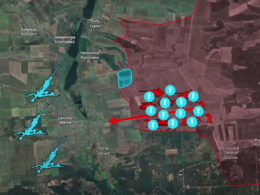Today, there are many updates from the Lyman direction.

In this area, the Russians have bolstered their presence with additional forces and are gearing up for their new spring-summer offensive. The ultimate goal of Russia is to ford the Zherebets River and capture Lyman, a critical railway and logistics hub referred to as "The Gates of Donbas."
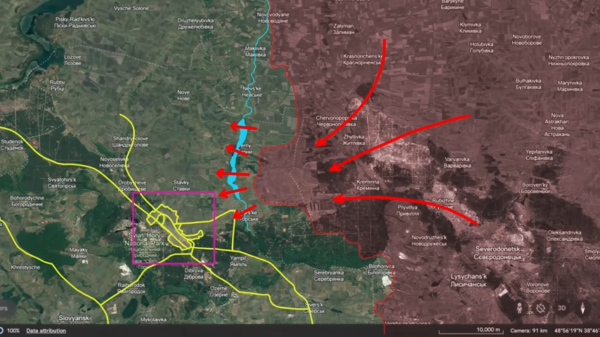
Historically, the Russians have launched direct frontal assaults from the east, which Ukrainian forces have successfully countered by executing flanking maneuvers from the forest to the south, pushing Russian forces back. Recently, after reorganizing and reinforcing their units, the Russians are making another attempt to penetrate Ukrainian defenses.

Currently, two significant battles are being fought: one in the forest and the other towards Yampolivka. For a long-term strategy, if Russia aims to seize Lyman, they must advance from both the forest and along the river. However, to progress toward Lyman, they first need to secure control over three Ukrainian settlements: Terny, Yampolivka, and Torske. During these attacks, the Russian flanks are exposed to potential Ukrainian counterattacks from the south.
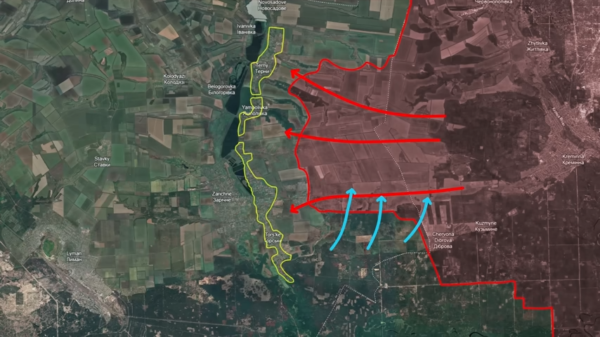
Consequently, securing the perimeter of the forest is vital for the Russians. Yet, Ukrainian forces maintain solid defenses and have successfully repelled Russian attacks on the forest while exerting fire control over the road to Torske, compelling the Russians to move into open fields. As they distance themselves from the forest, the Russians are focusing on Yampolivka and Terny.
Topographic maps reveal that the settlements near the reservoirs lie in lowlands under Ukrainian control, whereas the hills to the east, which partly fall under Russian control, offer a tactical vantage point. The Russians have leveraged this advantage for direct assaults on Ukrainian downhill positions. Nevertheless, Ukrainians have thwarted these efforts by maintaining efficient supply lines and rapid-response forces ready to counter if the situation escalates.

To initiate attacks on the settlements directly, the Russians must extend their control over the eastern forests. They have intensified their military pressure by deploying large mechanized assaults aimed at overwhelming Ukrainian defenses. However, these positions, once assaulted, are often so severely damaged that they offer little strategic benefit to the Russians. Ukrainian forces then counterattacked with their rapid-response units, inflicting heavy losses on the weakened Russian assault groups.
Following their last offensive wave, which yielded minor territorial gains in February, the Russians had to reduce their activity to recuperate and rebuild their forces. Ilya Yevlash, spokesperson for the Ukrainian Khortytsia Group of Forces, has stated that Russian forces are reinforcing their ranks with Sorm-Z convict recruits and moving additional forces to the region. Russian aviation has also carried out airstrikes with FAB-500 glide bombs against Ukrainian positions, signaling preparation for their assaults.
Subsequently, the Russians completed their reorganization and initiated a new offensive towards Yampolivka. The initial attack at night, involving seven Russian armored vehicles, aimed to surprise Ukrainian defenses but was preempted by Ukrainian drone surveillance. The vehicles were subsequently neutralized by mines and Ukrainian artillery.
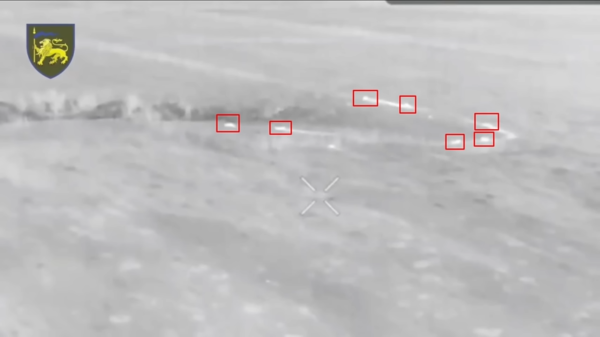
Later that day, two further assaults were launched towards the settlement. The first, including a T-90M tank and an infantry fighting vehicle, attempted an alternative route, only to be engaged by Ukrainian artillery and ultimately disabled by a mine. The assault group, under fire from Ukrainian artillery deploying cluster munitions, was forced to disengage, and their supporting BMP was destroyed by a kamikaze drone.
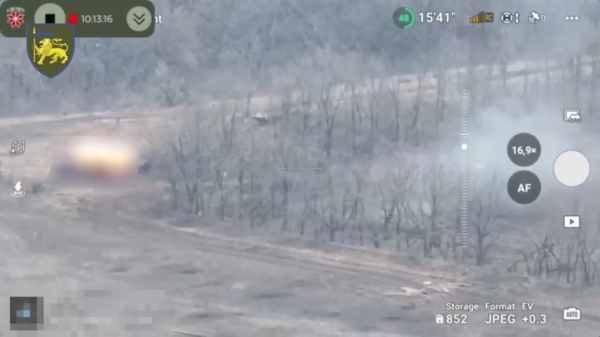
The third assault, executed by soldiers on Chinese-made all-terrain vehicles, was swiftly quashed by Ukrainian cluster munitions due to the vehicles' lack of protection. Ukrainian forces successfully repelled this wave of assaults, maintaining their positions around the settlements.
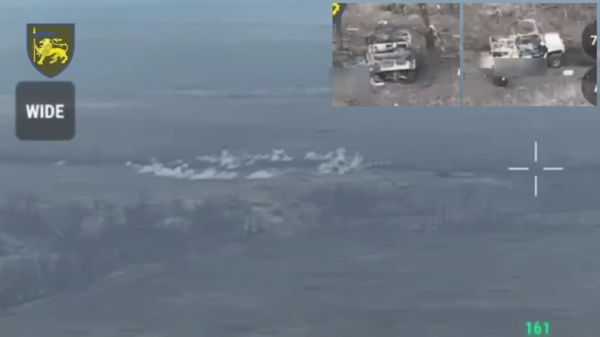
A Ukrainian soldier on the ground has indicated that the assaults will likely continue, noting an increased Russian presence and the use of considerable infantry, armor, artillery, and aviation to break through Ukrainian defenses. Conversely, a Russian military blogger acknowledged that while Russia has the initiative, it has not been able to convert minor tactical victories into significant operational successes.
If Ukrainian forces can withstand this latest series of assaults, it may be the final offensive before the seasonal mud renders armored maneuvers infeasible until summer.
In our daily frontline report
, we pair up with the military blogger Reporting from Ukraine to keep you informed about what is happening on the battlefield in the Russo-Ukrainian war.



